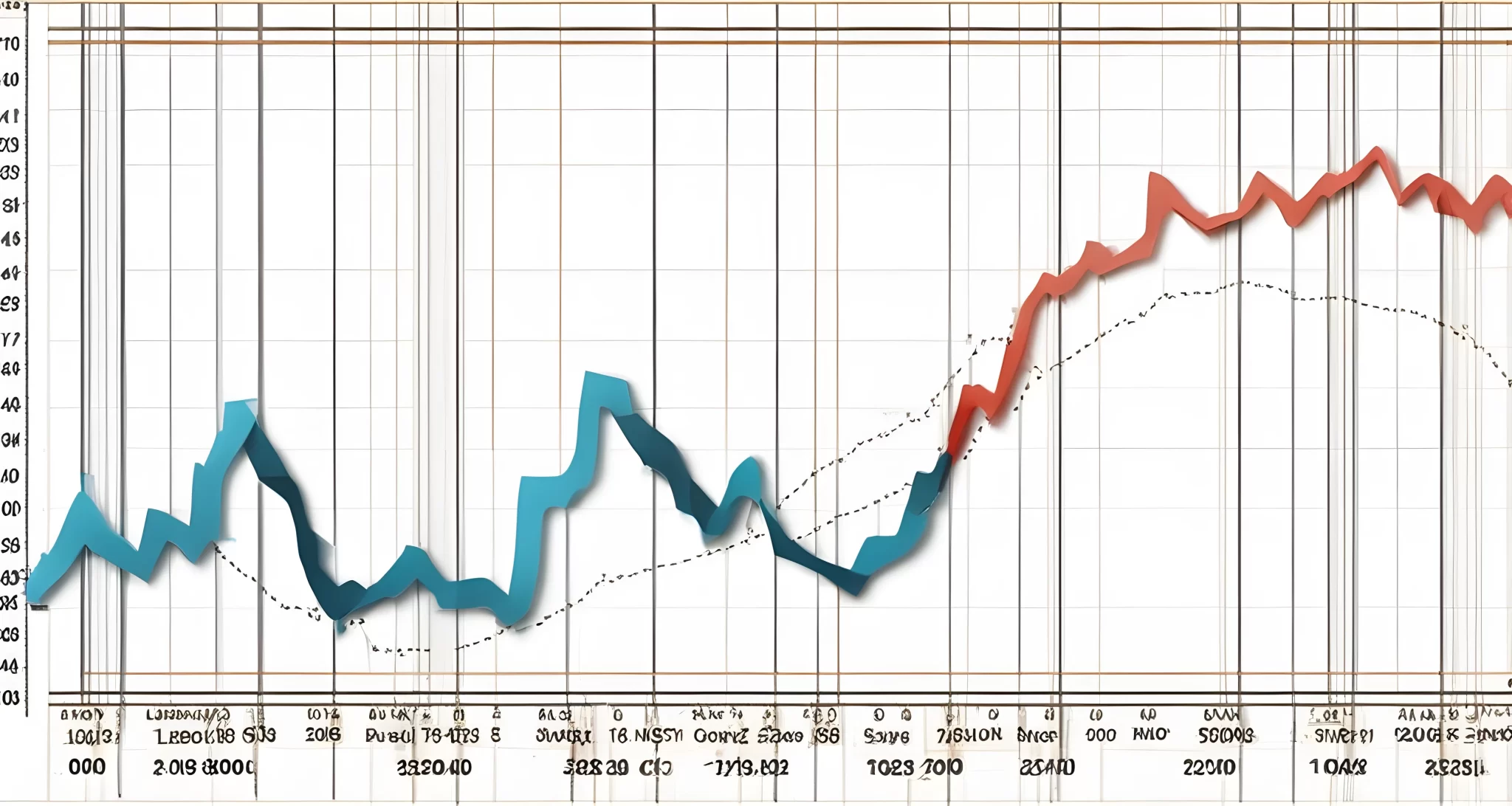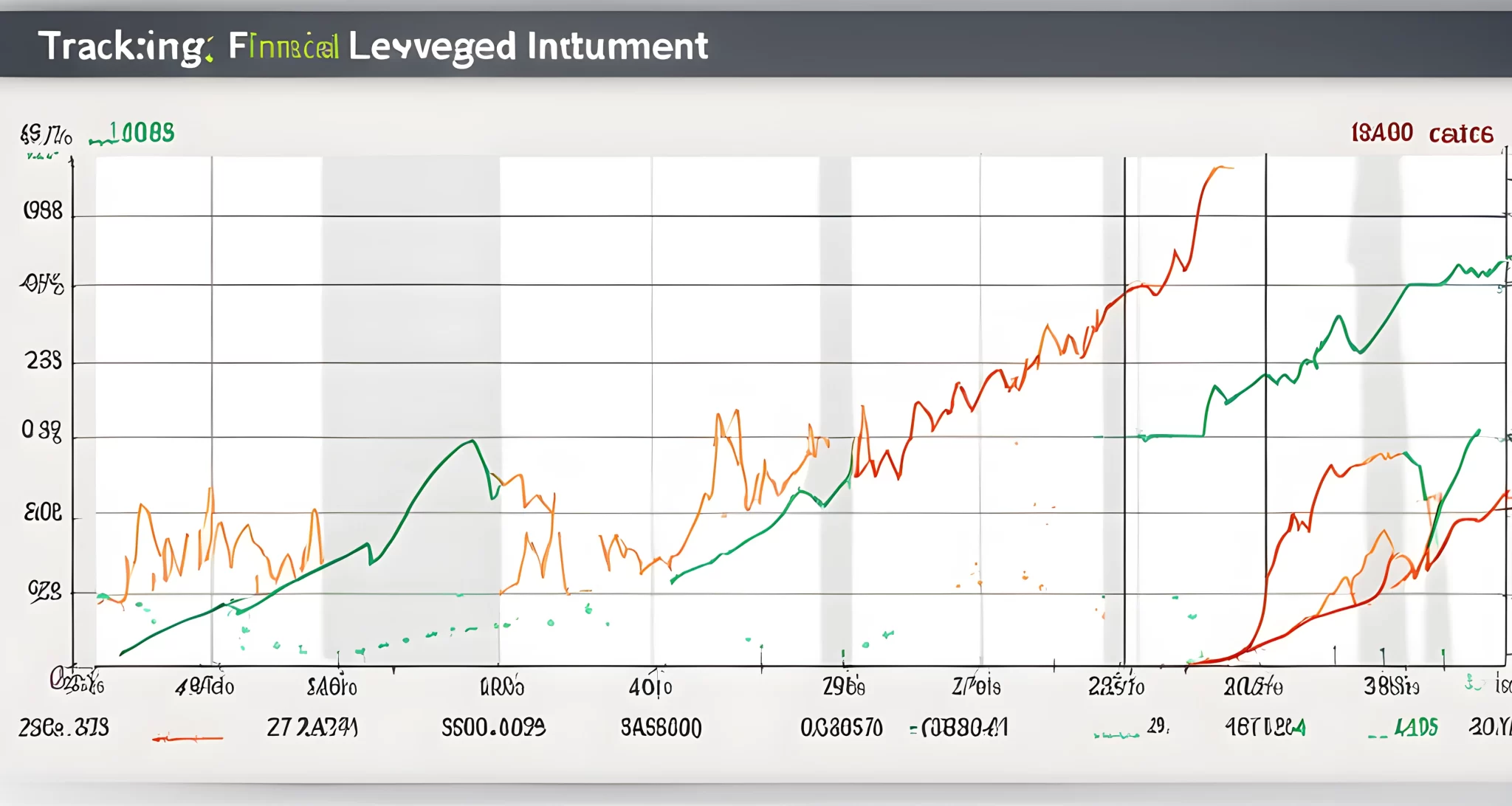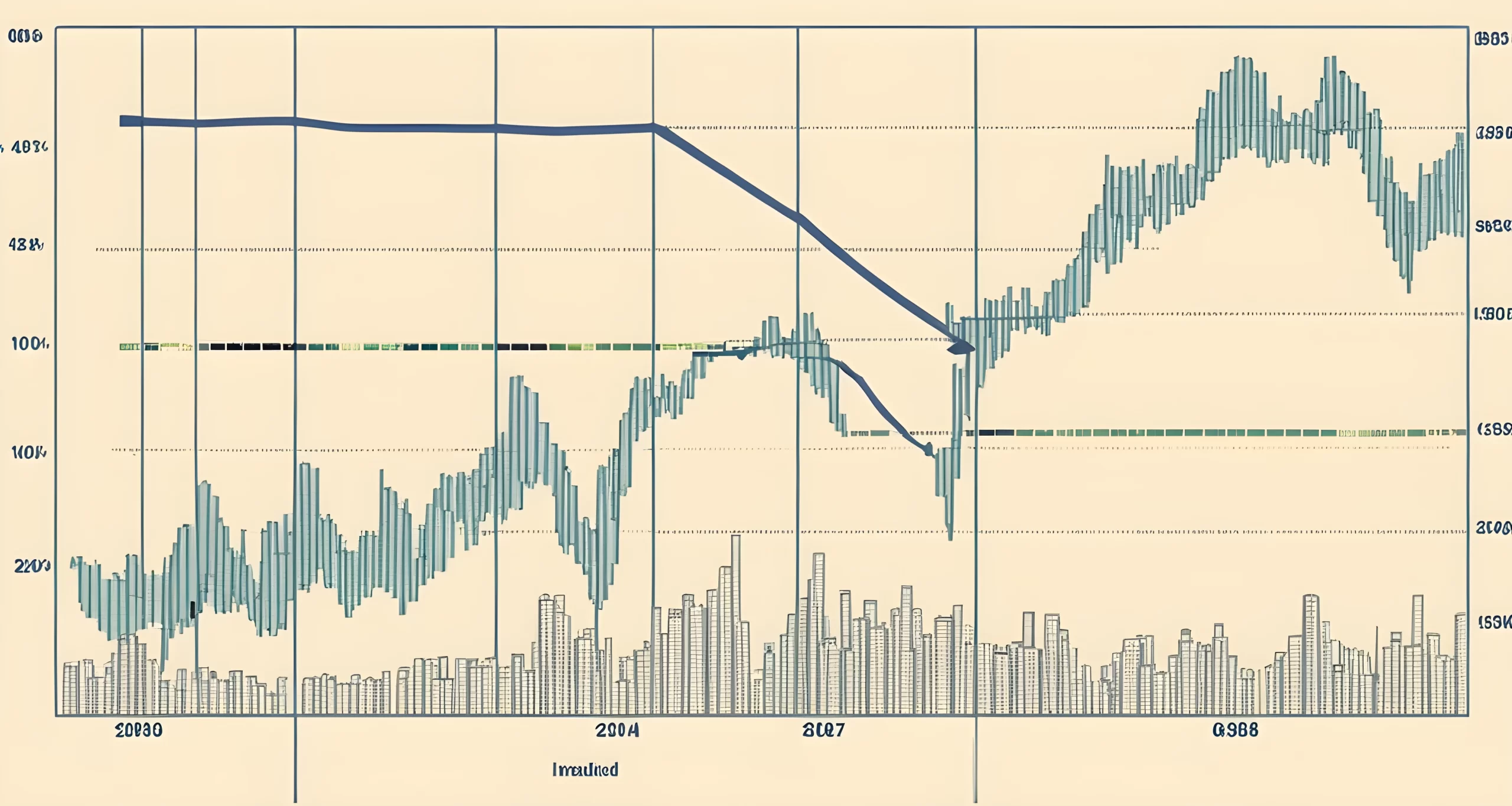Introduction to Leveraged Financial Instruments
Leveraged financial instruments, such as leveraged and inverse ETFs, are powerful tools that allow investors to potentially magnify their investment returns. By borrowing money to increase their exposure to the price movements of an underlying asset, investors can potentially achieve higher gains than if they had invested without leverage. However, it’s important to note that with this increased potential for higher returns comes a significantly higher level of risk.
One key feature of leveraged financial instruments is that they allow investors to gain exposure to the price movements of an underlying asset without needing to actually purchase the asset outright. This can be particularly appealing for investors who want to participate in the potential profits of an asset without having to make a large initial investment. However, it’s crucial for investors to fully understand the mechanics and risks associated with leveraged financial instruments before incorporating them into their investment strategy.
It’s important for investors to recognize that these instruments come with significant risks that can lead to substantial losses if not managed carefully. Understanding the potential for magnified losses is crucial when considering whether or not to invest in leveraged financial instruments. Additionally, there is also the risk of tracking error, which refers to the possibility that the performance of a leveraged fund may deviate from its stated objective over time.
In addition to these risks, there are various other factors and considerations that investors should take into account before investing in leveraged financial instruments. These additional risks may include market volatility, interest rate changes, and the specific strategies employed by the fund manager.
To learn more about the risks associated with leveraged financial instruments and high-yield investments in general, check out our article on Risks of High-yield Investments.
By fully understanding these risks and taking appropriate precautions, investors can make informed decisions about whether or not leveraged financial instruments align with their investment objectives and risk tolerance.

Potential for Magnified Losses
When considering leveraged financial instruments, it’s crucial to understand the potential for magnified losses. These products are designed to use leverage to amplify returns, but this also means that losses can be amplified as well. In volatile markets, where the value of the underlying asset can fluctuate rapidly, investors face a heightened risk of experiencing significant losses.
For investors, it’s essential to recognize the potential for magnified losses when engaging in leveraged financial instruments. This risk is particularly relevant for those who are considering using leverage to enhance their investment returns. While leverage can indeed amplify gains, it also opens the door to greater potential losses.
In fact, investors may find themselves in a situation where they lose more than their initial investment due to the magnified nature of leveraged instruments. Therefore, it’s crucial for investors to carefully assess their risk tolerance and consider the potential downsides before engaging in these products.
To address potential magnified losses, investors should carefully consider diversification strategies and risk management techniques. Diversifying a portfolio can help mitigate the impact of potential losses by spreading risk across different assets and asset classes. Additionally, employing risk management techniques such as stop-loss orders can help limit potential losses by automatically selling a security when it reaches a predetermined price.
Furthermore, seeking professional advice and conducting thorough research on leveraged financial instruments is essential before making any investment decisions. Understanding the intricacies of these products and taking into account the potential for magnified losses is crucial for investors to make informed choices regarding their investment portfolios.
To learn more about addressing risk in your investment portfolio, check out Investment risk assessment for valuable insights on managing and mitigating risks in your investment strategy.
By being aware of the potential for magnified losses associated with leveraged financial instruments and taking proactive steps to manage this risk, investors can navigate these products more effectively and make informed decisions that align with their investment objectives.

Risk of Tracking Error
One of the key risks associated with leveraged financial instruments is the potential for tracking error. While these instruments are designed to track the performance of an underlying index or asset, they may not always do so perfectly. This can lead to discrepancies between the performance of the leveraged ETF and the underlying asset, which in turn can result in losses for the investor.
Tracking error occurs when the leveraged ETF fails to accurately replicate the movements of the underlying asset or index it is supposed to track. This can be due to a variety of factors, including market volatility, liquidity issues, and management fees. As a result, investors may experience unexpected deviations in the performance of their leveraged investments, which can lead to financial losses.
To mitigate the risk of tracking error, investors should carefully research and understand the specific characteristics and historical performance of any leveraged financial instrument they are considering. It is also important for investors to stay informed about market conditions and any potential factors that could impact the performance of their leveraged investments. Diversifying one’s investment portfolio and considering alternative strategies, such as Better Returns Strategies, can also help mitigate the impact of tracking error on overall investment performance.
Ultimately, while leveraged financial instruments can offer the potential for amplified returns, it is crucial for investors to be aware of the risk of tracking error. By understanding this risk and taking proactive measures to mitigate it, investors can make more informed decisions when incorporating leveraged financial instruments into their investment portfolios.

Additional Risks to Consider
When considering leveraged financial instruments, it’s important to be aware of the additional risks that come with them. In addition to the risks mentioned earlier, there are several other factors that investors should take into account.
Market Risk
Leveraged financial instruments are subject to market risk, which pertains to potential losses due to fluctuations in the value of the underlying asset. This means that if the market moves against the position, the losses could be magnified due to the leverage used.
Credit Risk
Another important consideration is credit risk. This refers to the possibility of the issuer of the financial instrument defaulting, which could lead to significant losses for the investor.
Liquidity Risk
Leveraged financial instruments may also be exposed to liquidity risk. This means that it may be difficult to buy or sell the instrument at a favorable price, especially during volatile market conditions.
Operational Risk
Operational risk is another factor to consider. This risk arises from potential operational failures within the investment firm or financial institution offering the leveraged product, which could lead to losses for investors.
Legal Risk
Lastly, there is legal risk to take into account. This refers to the potential for adverse legal or regulatory changes that could impact the value of the leveraged financial instrument.
It’s crucial for investors to thoroughly understand these additional risks before engaging in leveraged financial instruments. While these products offer the potential for higher returns, they also come with increased exposure to various forms of risk. Therefore, it’s essential for investors to carefully assess their risk tolerance and consider whether leveraged financial instruments align with their investment goals and strategies.
To learn more about maximizing investment returns and managing risk in your investment portfolio, check out Optimizing Your Investment Strategy.
By being aware of these additional risks and understanding how they can impact investments, investors can make more informed decisions when it comes to incorporating leveraged financial instruments into their portfolios.

Conclusion
It is important for investors to carefully consider the risks associated with leveraged financial instruments before investing in them. The potential for magnified losses, tracking errors, and various other risks make these complex financial products unsuitable for all investors. Those considering these instruments should conduct thorough research and seek professional advice to fully understand and mitigate the risks involved.
Investors should also be mindful of the relationship between risk and return when constructing their investment portfolios. As discussed in Risk Return Investment, finding the right balance between risk and return is crucial for achieving long-term financial goals. Leveraged financial instruments may offer the potential for higher returns, but they also come with significantly higher levels of risk. This risk-return tradeoff must be carefully evaluated based on individual investment objectives and risk tolerance.
In addition, it is important to recognize that leveraged financial instruments are not the only way to achieve investment goals. There are a wide variety of investment options available, each with its own unique risk profile. Diversification across different asset classes and investment strategies can help mitigate overall portfolio risk while still seeking attractive returns.
Ultimately, the decision to invest in leveraged financial instruments should not be taken lightly. Investors must weigh the potential benefits against the substantial risks and consider whether these products align with their overall investment strategy. By conducting thorough due diligence and seeking professional guidance, investors can make informed decisions that align with their long-term financial objectives.
FAQ
What are leveraged financial instruments?
Leveraged financial instruments involve borrowing to amplify investment returns and provide exposure to the price movements of an underlying asset without needing to purchase the asset outright.
What are the primary risks associated with leveraged financial instruments?
The primary risks include potential for magnified losses, tracking error, market risk, credit risk, liquidity risk, operational risk, and legal risk.
How do leveraged financial instruments magnify losses?
Leveraged products can amplify losses because they use leverage to increase returns, meaning that if the underlying asset declines in value, the investor could lose more than their initial investment.
Why should investors understand the risks before investing in leveraged financial instruments?
Understanding the risks is crucial because leveraged financial instruments come with significant risks, particularly in volatile markets, and can lead to discrepancies between the performance of the instrument and the underlying asset.
